You think every user research study (or UX process per se) is something that
- takes months to finish,
- hard to document,
- need a specialization to conduct,
and should be followed linearly without skipping a step in-between in a very strict manner. And that scares the bejesus out of you. You don’t want to go unprepared. So you think, “I must learn more and better prepare myself to conduct user research in the right way.” While this is true, you can only learn user research (or anything for that matter) by doing it.
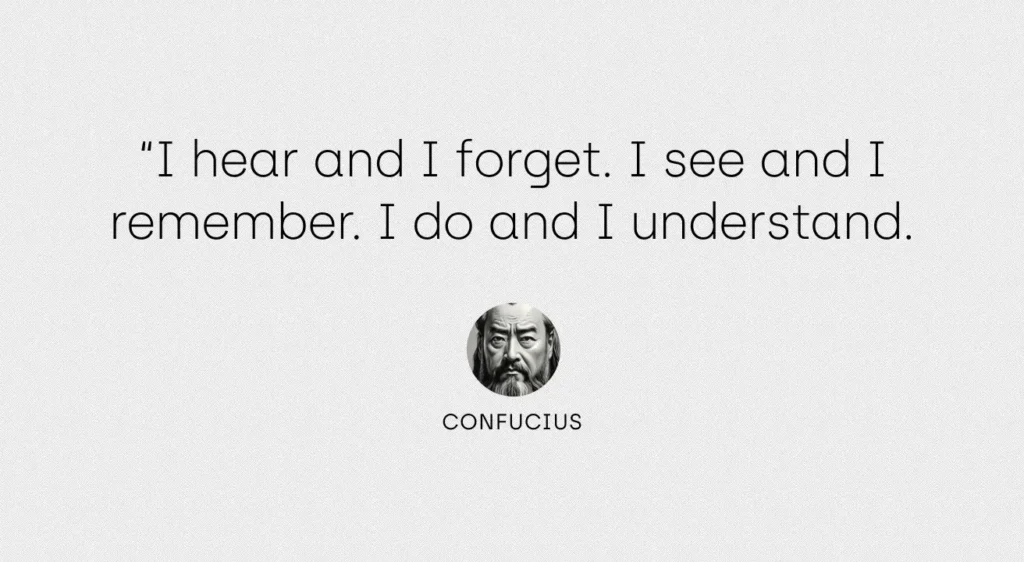
Action > Knowledge
Contrary to popular belief, passive reading is just as bad (or more) as watching reels is. At least, in the case of reels, you know you’re wasting your time, but reading disguised itself as some productive activity. On top of that, you also enjoy people’s admiration and feel proud flaunting your books’ collection.
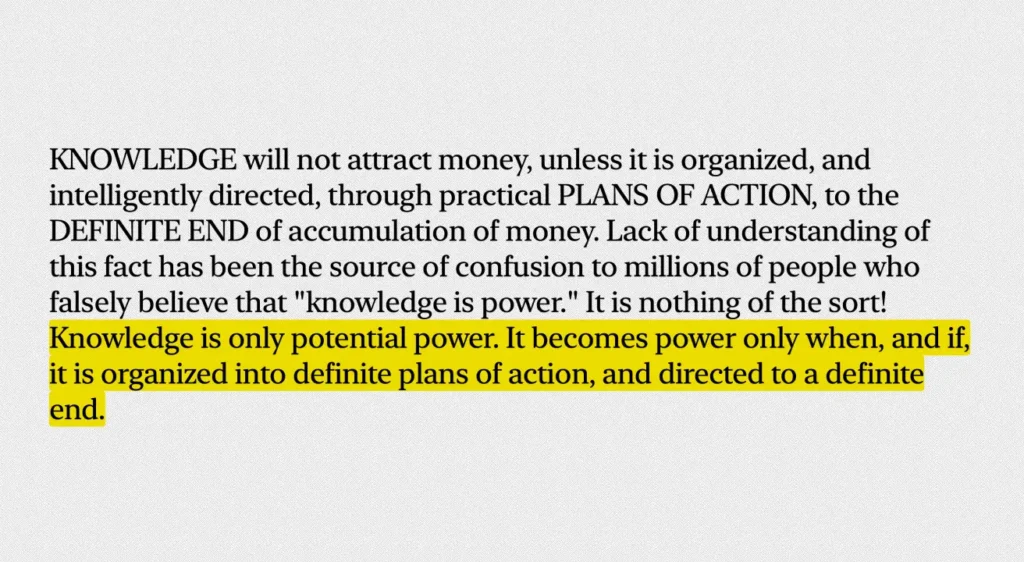
And by doing so, you spend your entire life living in this bubble, thinking you’re accumulating knowledge but in reality you collect nothing but trivia. Remember, action trumps knowledge. At the end of the day, practicing is always better than only reading to prepare yourself for some future activity.
Think Big, Start Small, Stay Consistent
Research is not something you do once in a while and then forget about it. While a big user research study seldom happens, the act of learning about your users and product is always going on. So it’s the small things that add up in the long run and actually matter more. And as the people say, the way you do small things, is the way you do all things.
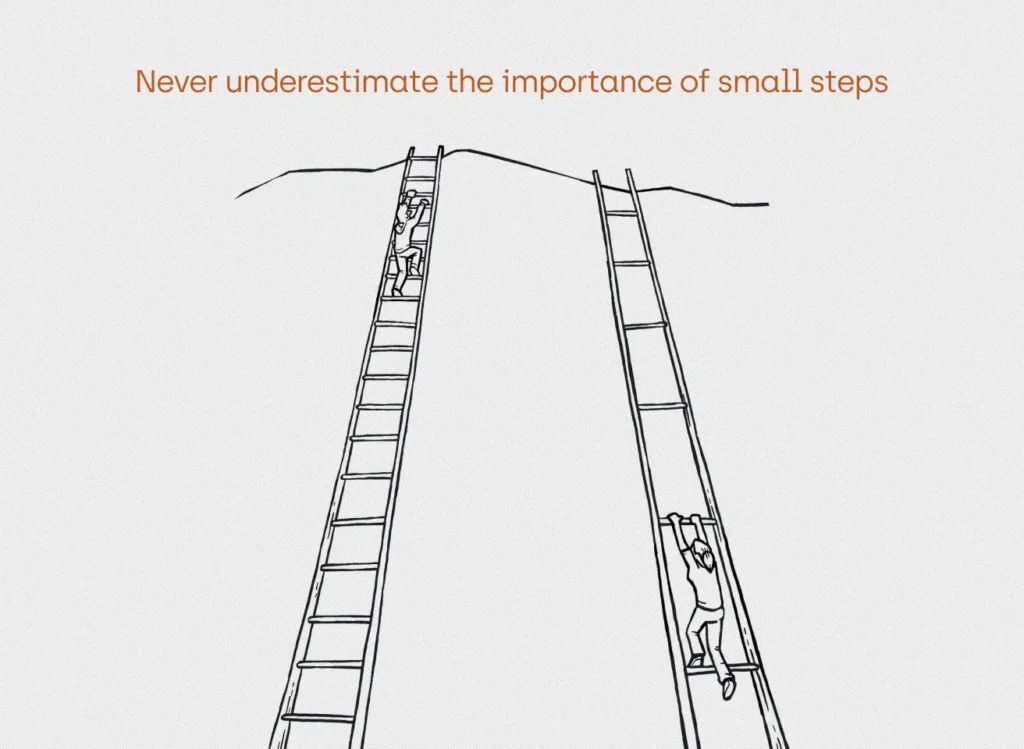
So focus your attention on small things, and the big things will take care of themselves. I know, it’s a contrarian approach as opposed to the common, shoot for the stars, aim for the moon thing. But unfortunately this advice doesn’t work for most people.
Life is Nothing but a Bell Curve Existence
The world is a bell curve. And all the big things in the world, whether they’re ambitious goals, extraordinary achievements, or even great personalities, fall at the very far end of a bell curve. And most of us, including you and your great ideas, lie right in the middle.
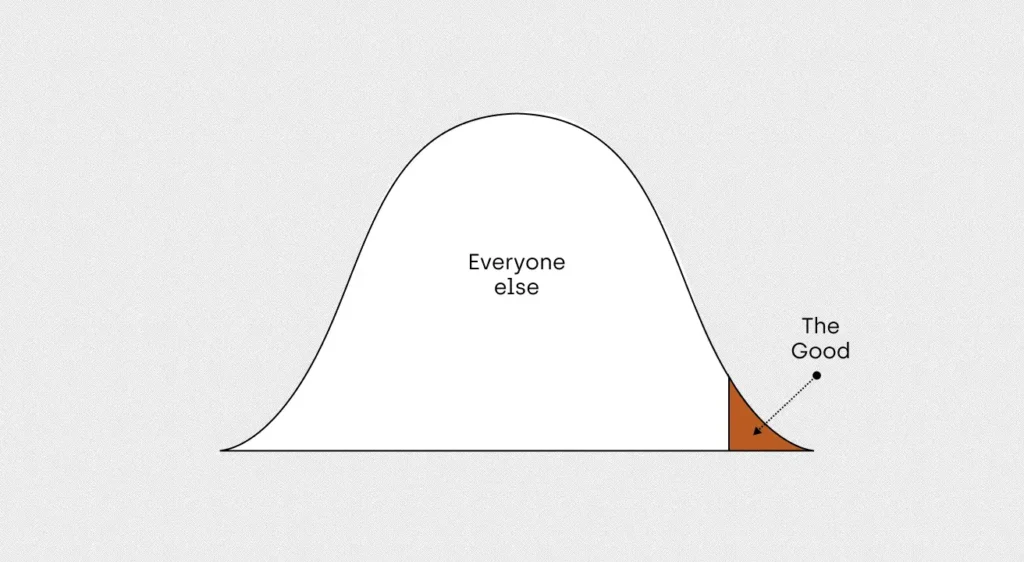
So it’s quite difficult to figure out whether your ideas work in the wild or not. You don’t know what you don’t know. Therefore it is wise to stay small until you’ve figured out what’s working. Now, I’m not discouraging you to not follow your dreams but you have to accept the reality. And there is no harm but actually a lot of benefits in setting smaller goals to achieve big results.
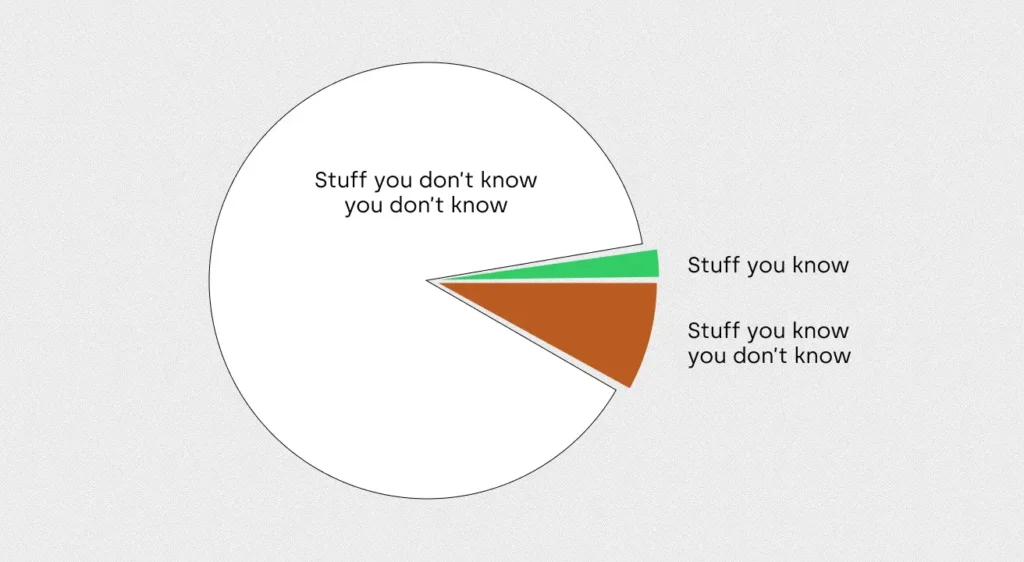
Even the Agile philosophy advocates “breaking a bigger project into smaller parts” to achieve success. ↓
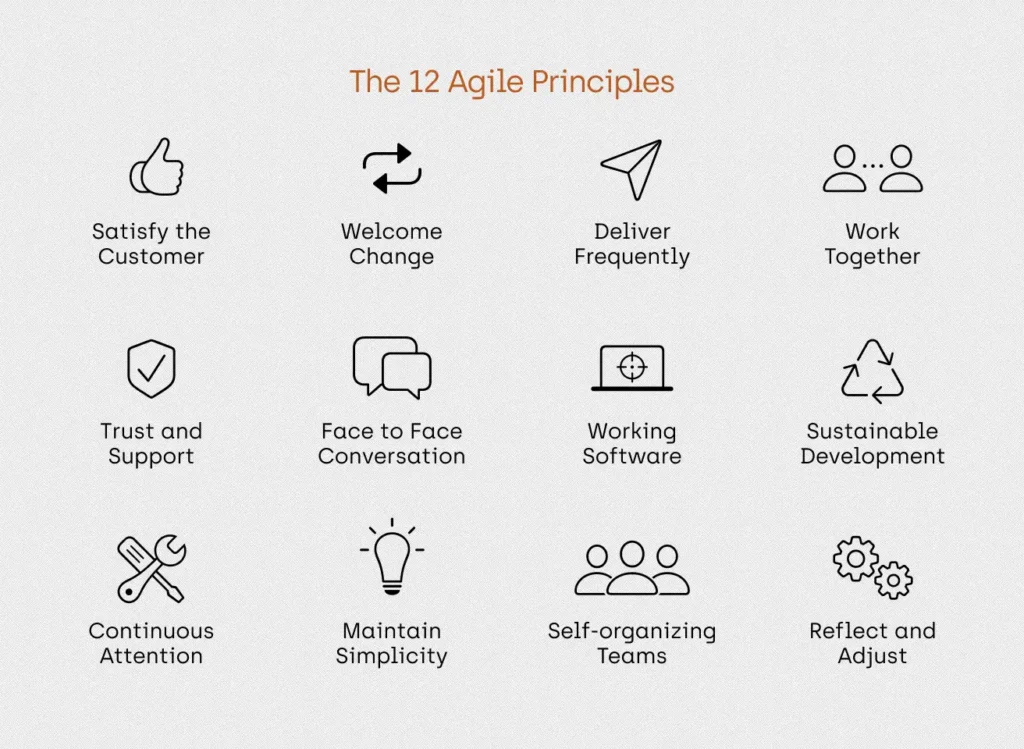
Naval Ravikant also advises “stay small until you’ve figured out what’s working” to startup founders. ↓
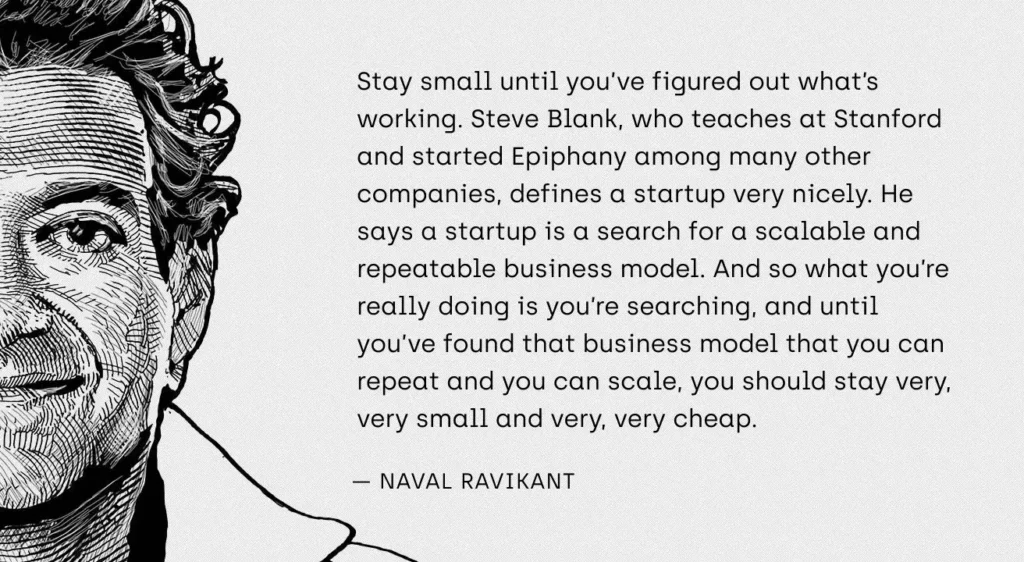
Jordan Peterson talks about “setting smaller goals first” on The JRE. ↓
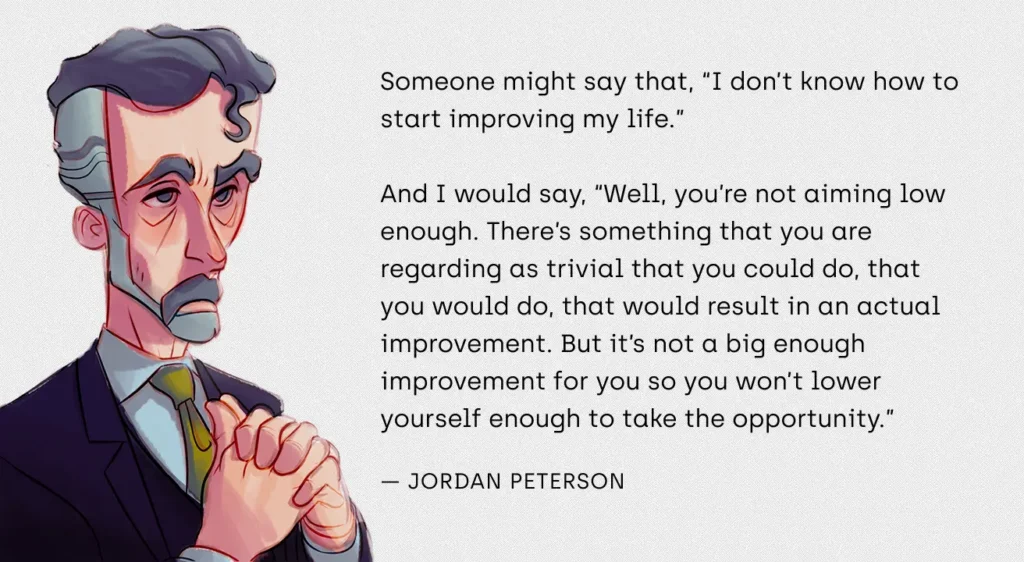
And, James Clear wrote an entire book, “Atomic Habits: An Easy & Proven Way to Build Good Habits & Break Bad Ones,” on making small changes to transform your habits. ↓
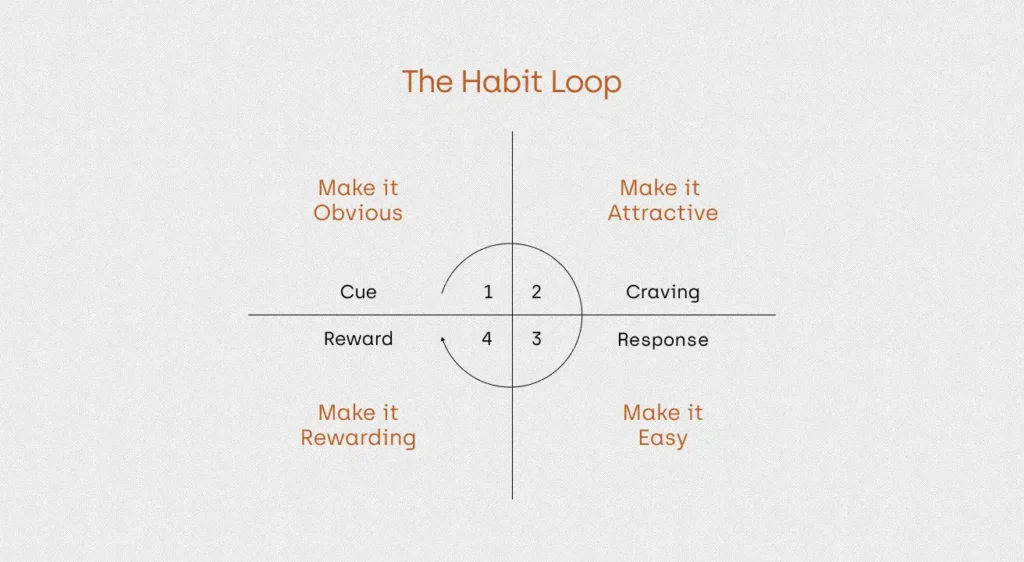
You are a Born Researcher
So the answer to the question “How should you do user research?” is: You already know how to do it. If a common man can do research and justify
- digging holes in the ground looking for God, or
- killing of Mahatma Gandhi by Nathuram Godse, or
- razing houses of innocent people in the name of religion
then you can surely do it to learn about your users and build a great product. I mean, you know how to find things. You’ve been doing it for a long time.

You just aren’t aware of the terminology associated with user research. Once you will, then you’ll become a pro in it. So what are you waiting for?
Types of User Research
There are a lot of research methods available in the market and which one you choose depends on:
- What is the nature of the data you want to collect?
- When in development do you want to collect the data?
- Who is describing the user?
- What is the role of the researcher?
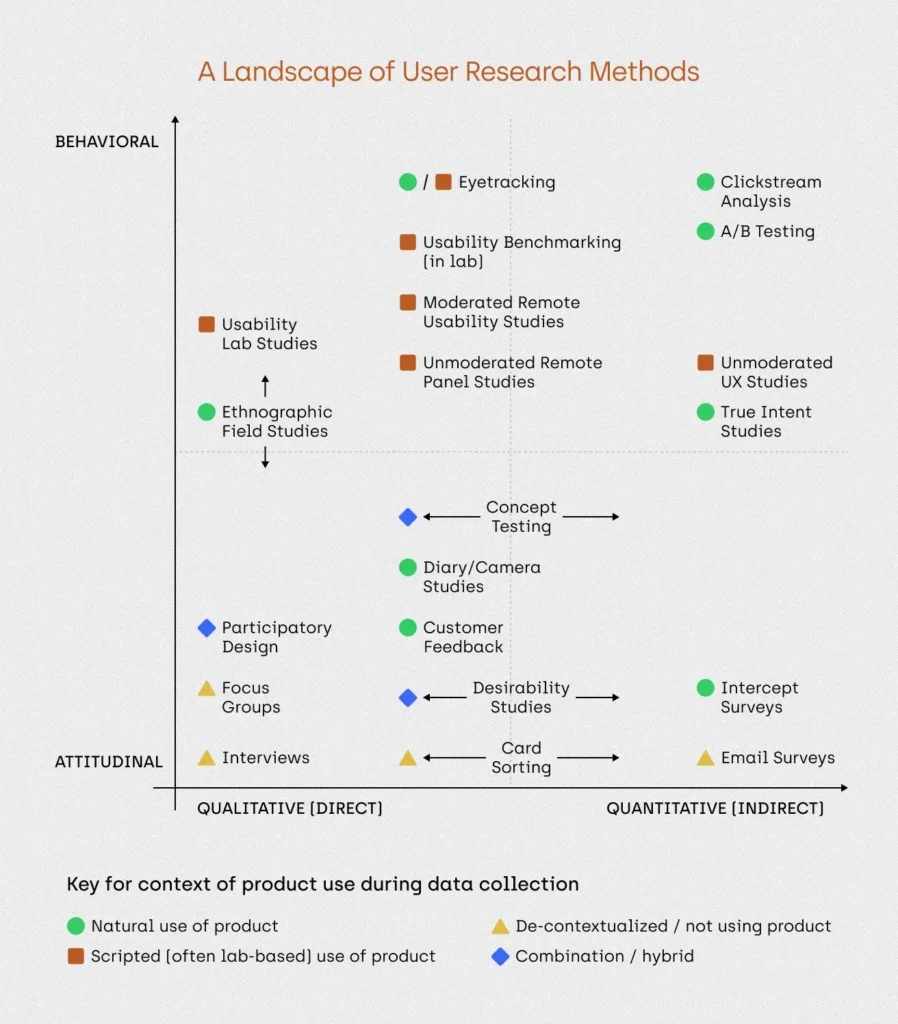
Let’s expand on these research methods and see how user research can be:
Qualitative or Quantitative
The difference between qualitative and quantitative user research lies in the nature of the data.
Qualitative user research generates descriptive data. It’s usually the experience people share with you where you learn about their pain points, deep desires, motivates, behaviors etc. A few of the qualitative research methods are interviews, usability studies, focus groups, field studies, etc.
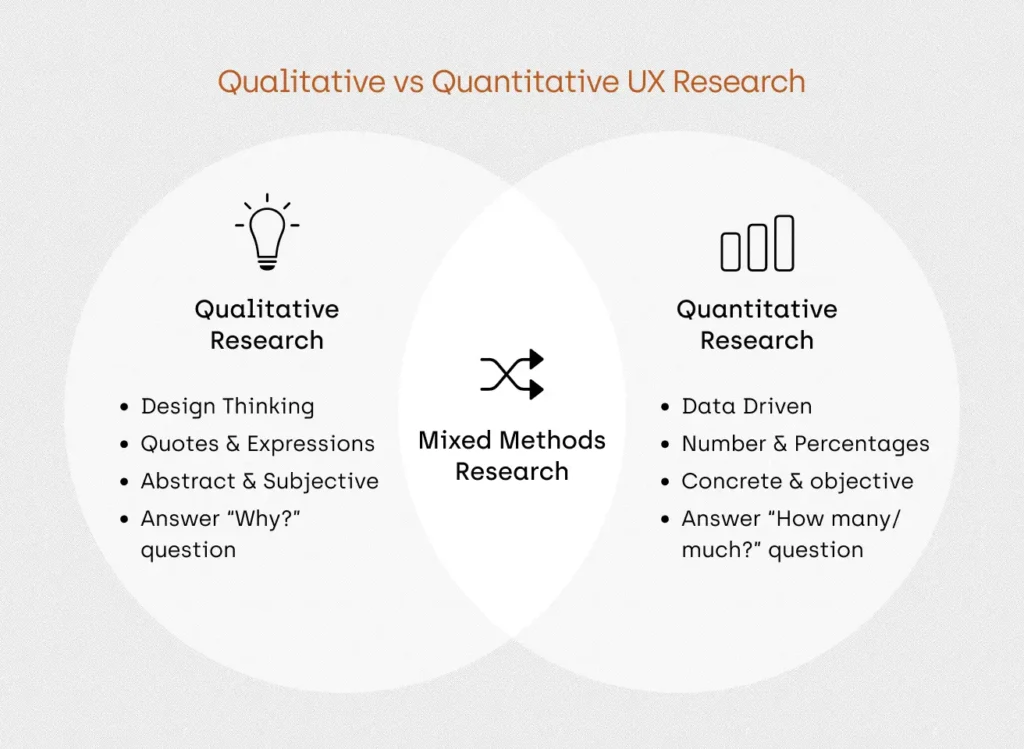
Quantitative user research generates quantifiable data. The numeric data that you can count or measure. For example, “n” number of users click on the “buy” button. But it doesn’t tell you “why” the number is so low / high. To learn the reason, you need help from qualitative research. A few quantitative research methods are surveys, first click tests, tree tests, usability studies etc.
UX researchers usually employ both qualitative and quantitative research methods to find answers to their research questions. It’s called mixed methods research. But sometimes rather than using mixed methods, researchers take help of multiple qualitative methods, and that’s called hybrid research.
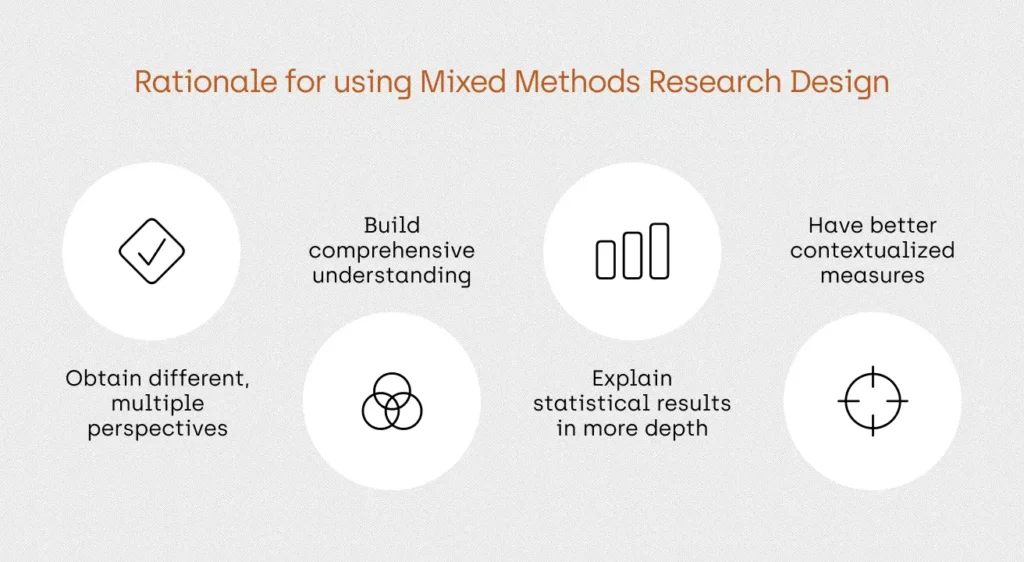
Generative or Evaluative
The difference between generative and evaluative research methods lies in when in the product development process the data is collected—and why.
Generative user research (or exploratory / discovery research) is what you conduct to either generate new ideas or discover opportunities for improvement. And you do it in the problem space i.e., “Empathize” and “Define” stages of the Design Thinking process. A few of the generative research methods include interviews, focus groups, diary studies, card sorting etc.
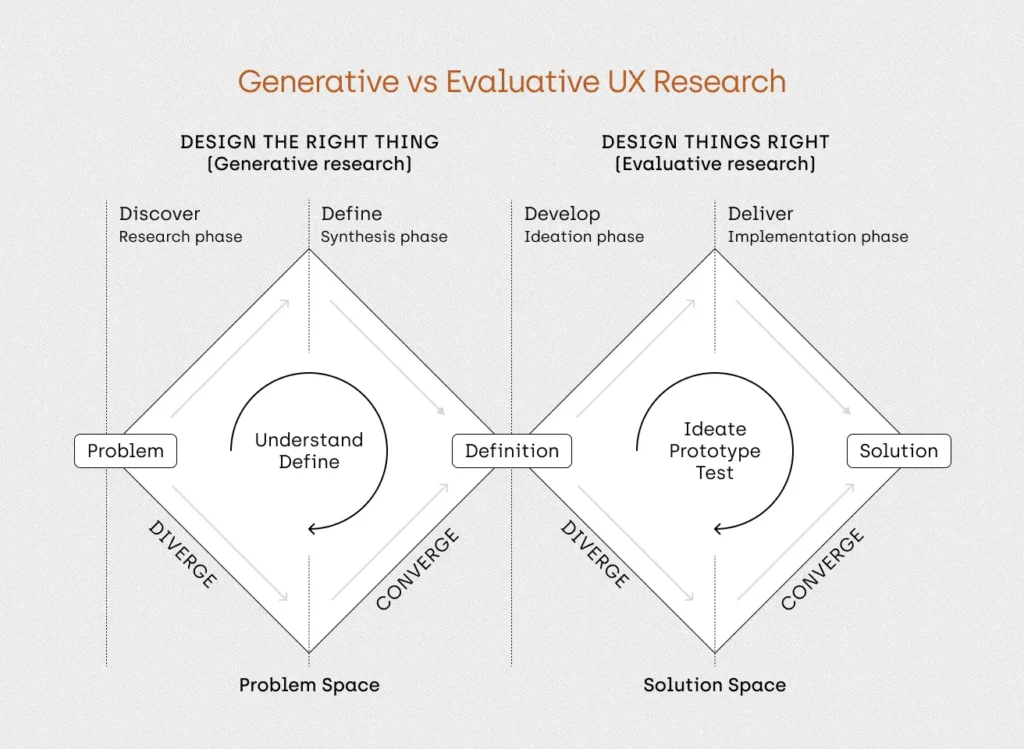
Evaluative user research is what you do when you already have a product at hand and you want to test it out to see how user friendly it is. And you conduct it in the solution space i.e.,“Prototype” and “Test” stages of the Design Thinking process. Just remember to keep the iterative cycle fast enough to evaluate your product multiple times. A few of the evaluative user research methods include usability tests, A/B tests, surveys, task analysis etc.
Attitudinal or Behavioral
The difference between attitudinal and behavioral research methods lies in who is describing the user.
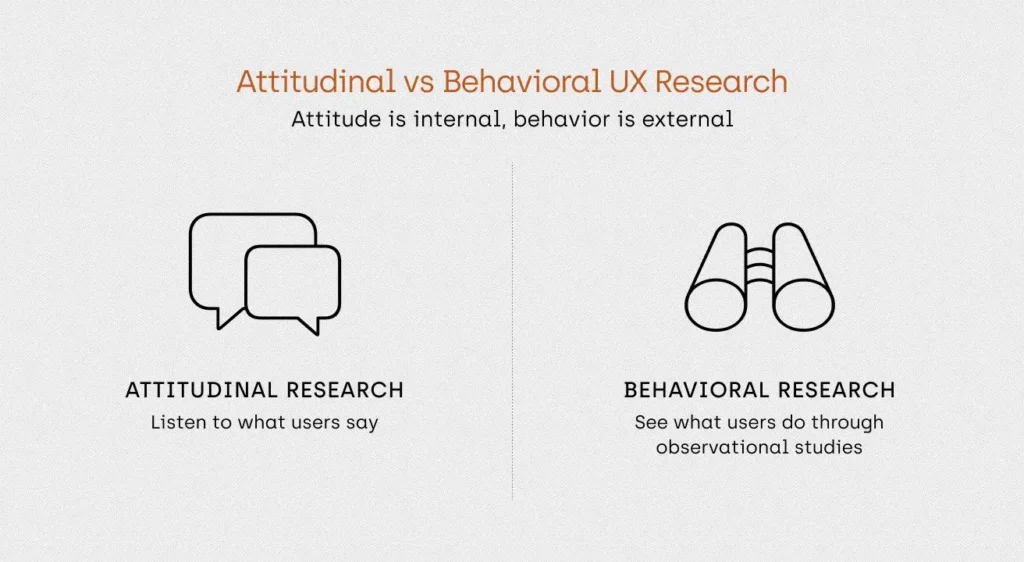
In attitudinal user research methods, participants tell researchers what they think. The data shows their beliefs, perceptions, attitudes, and expectations. As people are bad at predicting their own behavior, attitudinal data requires careful interpretation from the user researcher. Examples of attitudinal user research includes interviews, surveys, focus groups, card sorts etc.
Behavioral user research relies on data reported by user researchers or usability tools. These methods include directly observing user behavior either in the field or during the prototype / product testing. Examples of behavioral user research includes ethnographic field studies, eye tracking, user analytics, first click tests etc.
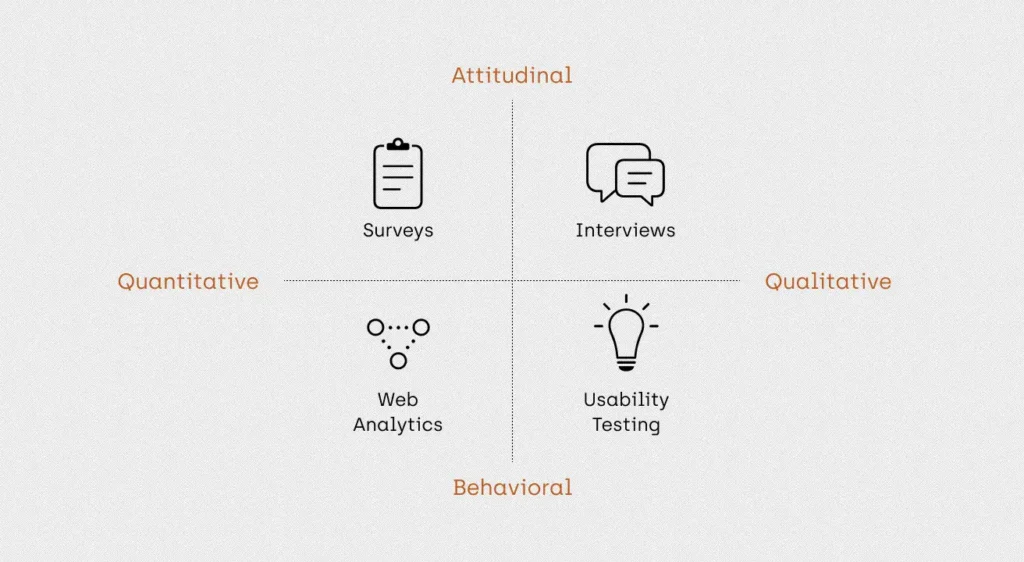
Moderated or Unmoderated
The difference between moderated and unmoderated research methods lies in the role of the researcher.
In moderated research, a user researcher is always involved—either in-person or virtually—in the research process. Real-time moderation allows researchers to interview participants, ask them follow-up questions, and modify their script according to their response. Examples of moderated research include interviews, ethnographic field studies, focus groups, task analysis etc.

In unmoderated research, participants perform the tasks unobserved. Here a third party tool or platform plays the role of researcher and prompts participants to answer specific questions or perform certain tasks. And participants can do them whenever they please at the ease of their home. Examples of moderated research include surveys, usability tests, user analytics, first click tests etc.
So these are four ways to slice the user research. Once you figure out the research methods that you want to use, then you can put your attention on the next course of action that is: How to recruit study participants.
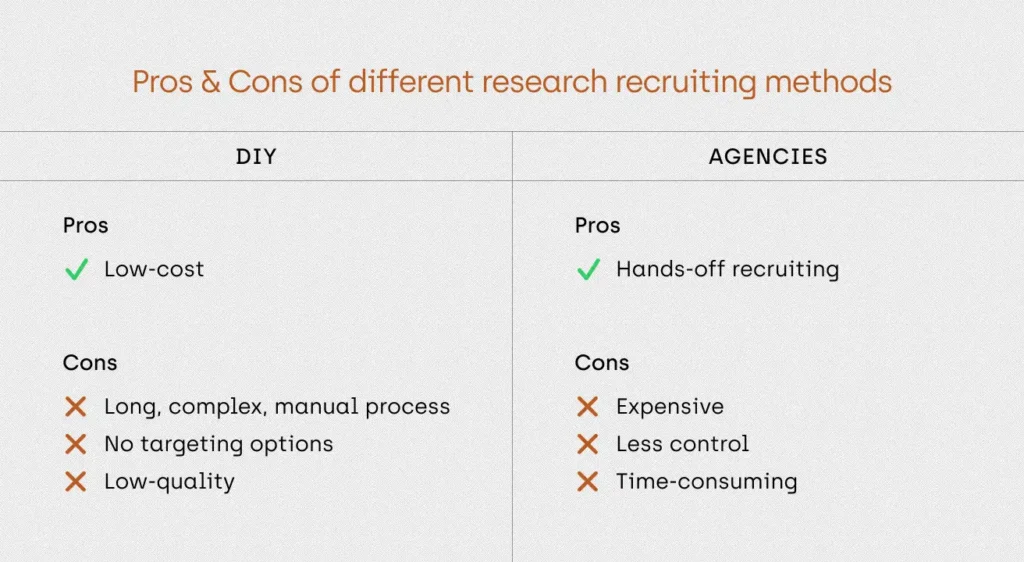
Now to do this, you may either hire a third party service who will find and screen the participants for you or you may find them yourself in your own network. Other than this, you’ll also have to take care of things like:
- When and where would you interview participants?
- What would be the incentive for participants?
- How would you collect and store the data?
- How would you present the insights?
And sometimes all these questions make you freeze into your footsteps just like a deer caught in the headlights.

So you go to the internet for help but unfortunately you find all these incomprehensible articles over there that rather than helping you out make the matter more complicated. And you begin to question whether it’s even worth conducting the user research in the first place.
Now, my entire goal to write these articles is to find what would be the right solution to these problems. And while searching that, also build a repository of user research articles that give you an initial hand-holding, a push that can help you to get started and then from there you can choose whatever you want to go. So with these thoughts I conclude “5 W and 1H of Kaizen.”
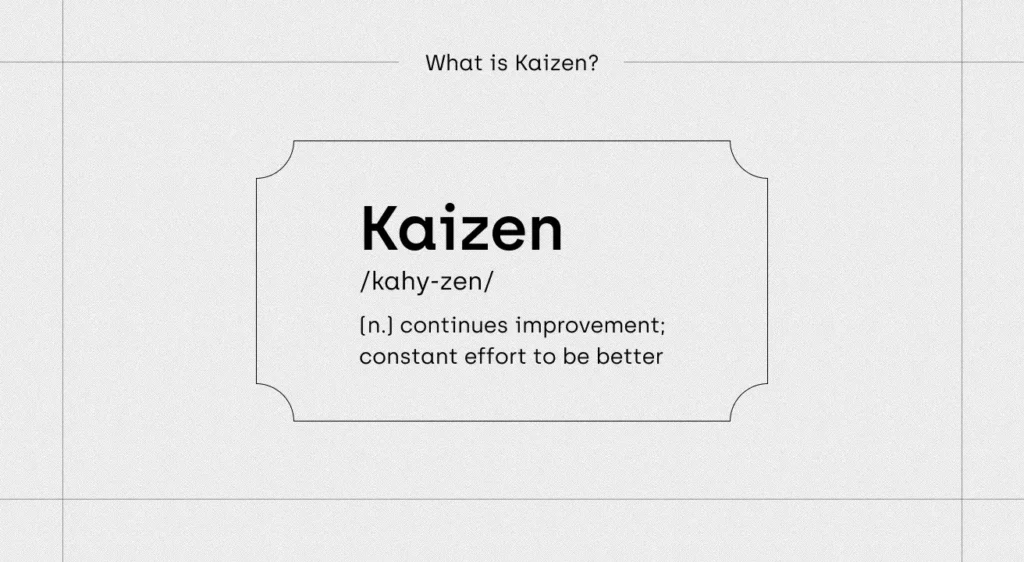
Start where you are. Use what you have. Do what you can.
—Arthur Ashe
Look, learning is a life-long process and as Isaac Asimov says, education is not something that you can finish, so learn as much as you want but always keep a bias towards action. Read these articles but also start to conduct your own user research. And you don’t need permission to do that.
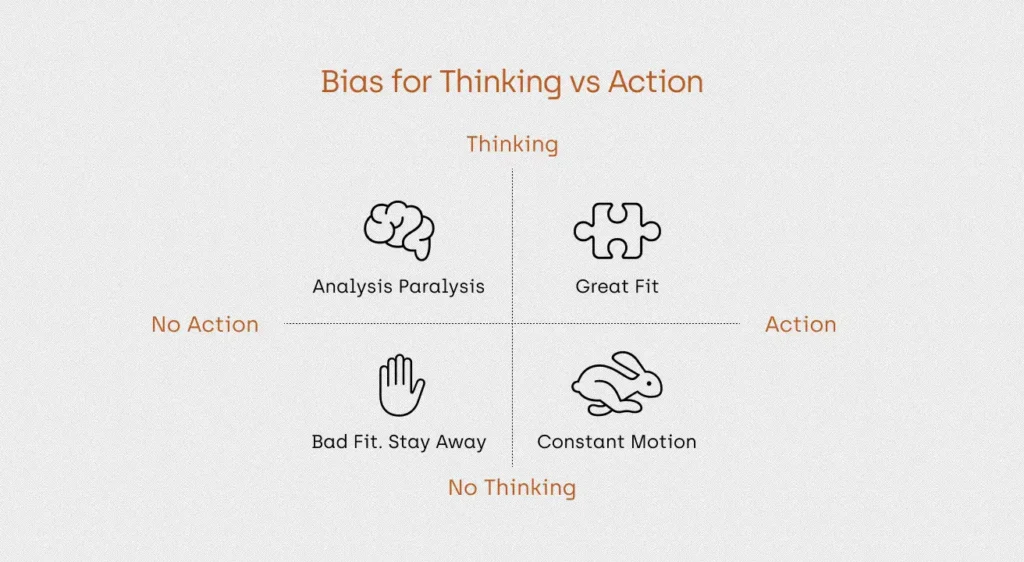
Even if you know nothing about user research, you can kick-start it with a MVR (Minimum Viable Research). Inspired by MVP (Minimum Viable Product), MVR is a big enough research to cause adoption, satisfaction, and results, but also not so big as to be risky. Sounds good? Let’s see what it is.
